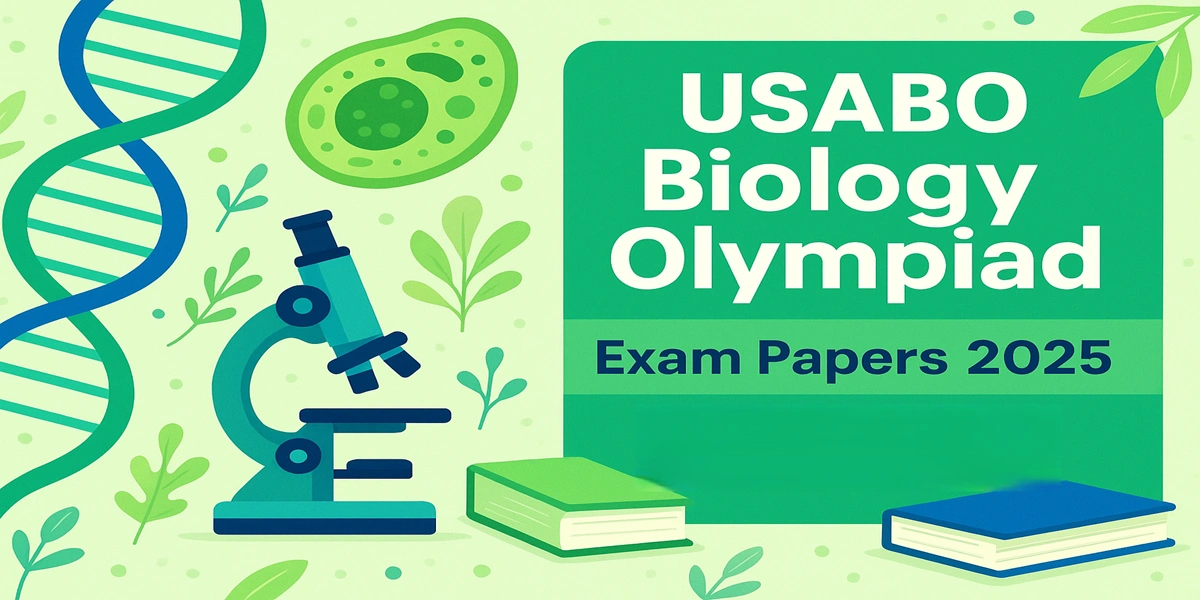Cholinergic neurons contain a large number of small membrane bound vesicle containing Ach near the synaptic portion of cell membrane.
Ach is synthesized in the cytoplasm from acetyl-CoA and choline by the catalytic action of choline acetyl tranferase.
Acetyl-CoA is synthesized in mitochondria which is present in nerve endings.
Free choline circulating in blood plasma readily crosses the blood-brain barrier and is taken up by cholinergic nerve terminals, for the most part, by a high- affinity choline uptake system that is temperature, energy and sodium-dependent.
The rate-limiting steps in ACh synthesis are the availability of choline and acetylCoA.
During increased neuronal activity the availability of acetyl-CoA from the mitochondria is upregulated as is the uptake of choline into the nerve ending from the synaptic cleft.
Newly formed ACh is stored in synaptic vesicle.
The release of ACh results from depolarization of the nerve terminal by the action potential, which alters membrane permeability to Ca2+. Calcium enters the nerve terminal and causes the quantal release of ACh, which depolarizes the postsynaptic membrane.
The released ACh combines with the receptor at target organ, remain bound for less than a milli second and is quickly hydrolyzed by acetyl cholinesterase into choline and acetate.

What are the biosynthesis and catabolism processes of acetylcholine?
Answer: Biosynthesis of acetylcholine occurs when choline and acetyl-CoA combine using the enzyme choline acetyltransferase in nerve cells. Catabolism happens through the enzyme acetylcholinesterase, which breaks acetylcholine into choline and acetate, stopping nerve signals and ensuring proper neurotransmission control.
How does the synthesis, storage, and release of acetylcholine occur in the nervous system?
Answer: Acetylcholine synthesis occurs in nerve terminals where choline and acetyl-CoA combine using the enzyme choline acetyltransferase. It is then stored in synaptic vesicles until a nerve signal triggers its release into the synaptic cleft. This process enables nerve communication, muscle activation, and brain function.
| Read More Topics |
| Hydrogen bonding and biological action |
| Factors affecting renal excretion of drugs |
| Clinical significance of protein binding of drugs |






